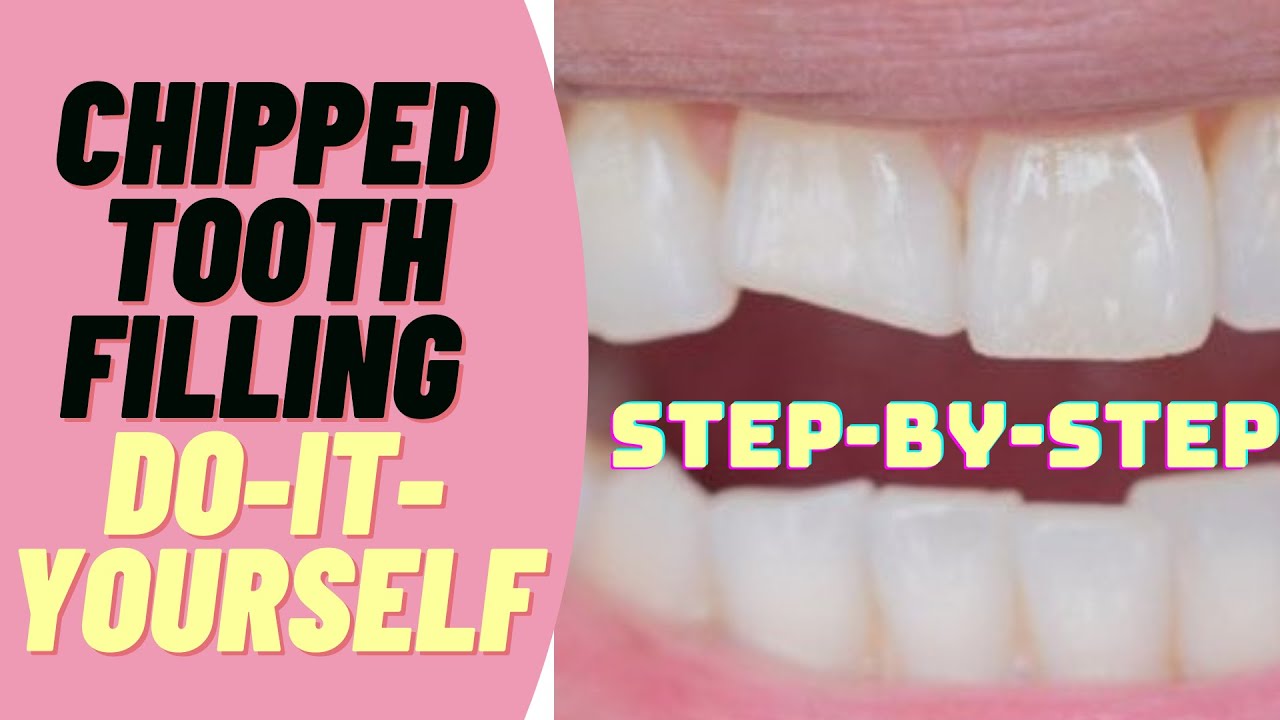Tooth Filling Emergency: Repair Guide

Suddenly finding yourself in a situation where you need an emergency tooth filling repair can be a daunting experience, especially if you’re unsure of where to start or what steps to take. Tooth fillings are a common dental procedure, but when they fail or become damaged, it can lead to severe tooth pain, sensitivity, and even infections. In this comprehensive guide, we will walk you through the process of handling a tooth filling emergency, understanding the signs that indicate you need a repair, and the various options available for fixing the issue.
Understanding Tooth Fillings
Before diving into emergency repairs, it’s essential to understand what tooth fillings are and their purpose. Tooth fillings are used to repair teeth that have been damaged due to decay, cracks, or wear. They are made from various materials, including amalgam, composite resin, gold, and ceramic, each with its own set of advantages and disadvantages. The choice of material often depends on the location of the tooth, the extent of the damage, and the patient’s personal preferences and budget.
Signs You Need an Emergency Tooth Filling Repair
Identifying the signs that you need an emergency tooth filling repair is crucial. These can include:
- Severe Toothache: A sharp, persistent pain in the tooth that was previously filled.
- Increased Sensitivity: If the tooth becomes extremely sensitive to temperature, sweet foods, or pressure.
- Visible Damage: If you can see that the filling is cracked, broken, or has fallen out.
- Discomfort While Chewing: Pain or discomfort while eating or chewing.
If you’re experiencing any of these symptoms, it’s vital to seek dental care as soon as possible to prevent further complications.
Steps to Take in a Tooth Filling Emergency
When faced with a tooth filling emergency, here are the steps you should take:
Contact Your Dentist: Reach out to your dentist immediately. Explain your symptoms and they will guide you on the next steps, which may include scheduling an urgent appointment.
Temporary Measures: If you’re unable to see your dentist right away, there are some temporary measures you can take to manage your symptoms. Over-the-counter pain relievers like ibuprofen can help with pain, and temporary filling materials can be purchased at pharmacies to cover the affected tooth. However, these are not long-term solutions and should not delay your visit to the dentist.
Maintain Good Oral Hygiene: Continue to brush and floss your teeth as usual, taking extra care around the damaged area to prevent further irritation or infection.
Repair Options for Emergency Tooth Fillings
The approach to repairing a damaged tooth filling depends on the extent of the damage and the material of the original filling. Here are some common repair options:
- Refilling: If the damage is minor, the dentist may simply clean out the area and refill the tooth.
- Crown Placement: For more extensive damage, especially if the tooth structure is compromised, a dental crown may be necessary. This involves removing the old filling, preparing the tooth, and placing a crown over it.
- Root Canal: In cases where the pulp of the tooth is infected, a root canal may be required before placing a new filling or crown.
- Tooth Extraction: As a last resort, if the tooth is too damaged to save, extraction may be the only option, followed by discussions on replacement options such as implants, bridges, or dentures.
Prevention is Key
While emergencies can happen to anyone, there are steps you can take to minimize the risk of needing an emergency tooth filling repair:
- Regular Dental Check-Ups: Regular dental visits can help identify issues before they become emergencies.
- Good Oral Hygiene: Brushing, flossing, and using mouthwash as recommended can help prevent decay and damage.
- Avoiding Hard Foods: Refraining from biting or chewing hard foods and objects can prevent fractures and cracks in your teeth and fillings.
Conclusion
Dealing with an emergency tooth filling repair requires prompt action to alleviate pain, prevent infection, and restore the tooth to its functional state. Understanding the signs of a damaged filling, knowing the steps to take in an emergency, and being aware of the available repair options can make the process less daunting. Remember, prevention and regular dental care are key to minimizing dental emergencies, but when they do occur, acting swiftly and seeking professional help is crucial for the best outcomes.
What should I do if my tooth filling falls out?
+If your tooth filling falls out, contact your dentist as soon as possible. In the meantime, you can purchase temporary filling material from a pharmacy to cover the tooth. However, this is only a temporary solution, and you should see your dentist to have the tooth properly repaired.
How can I manage toothache pain from a damaged filling?
+Over-the-counter pain relievers like ibuprofen can help manage the pain. Additionally, applying a cold compress to the outside of your cheek near the aching tooth can help reduce pain and swelling. However, it's essential to see your dentist for proper diagnosis and treatment.
Can I prevent tooth filling emergencies?
+Yes, regular dental check-ups, good oral hygiene practices, and avoiding hard foods can significantly reduce the risk of tooth filling emergencies. Additionally, wearing a mouthguard if you participate in sports and avoiding using your teeth as tools can also help prevent damage to your teeth and fillings.
It's crucial to address any issues with your tooth fillings promptly. Delaying treatment can lead to more severe problems, including infections that could spread beyond the tooth, causing more significant health issues.
In conclusion, while tooth filling emergencies can be distressing, knowing how to respond and taking proactive steps towards prevention can make a significant difference. Regular dental care, awareness of the signs of trouble, and understanding the repair options available can help you navigate these situations with confidence and ensure your oral health remains in top condition.



